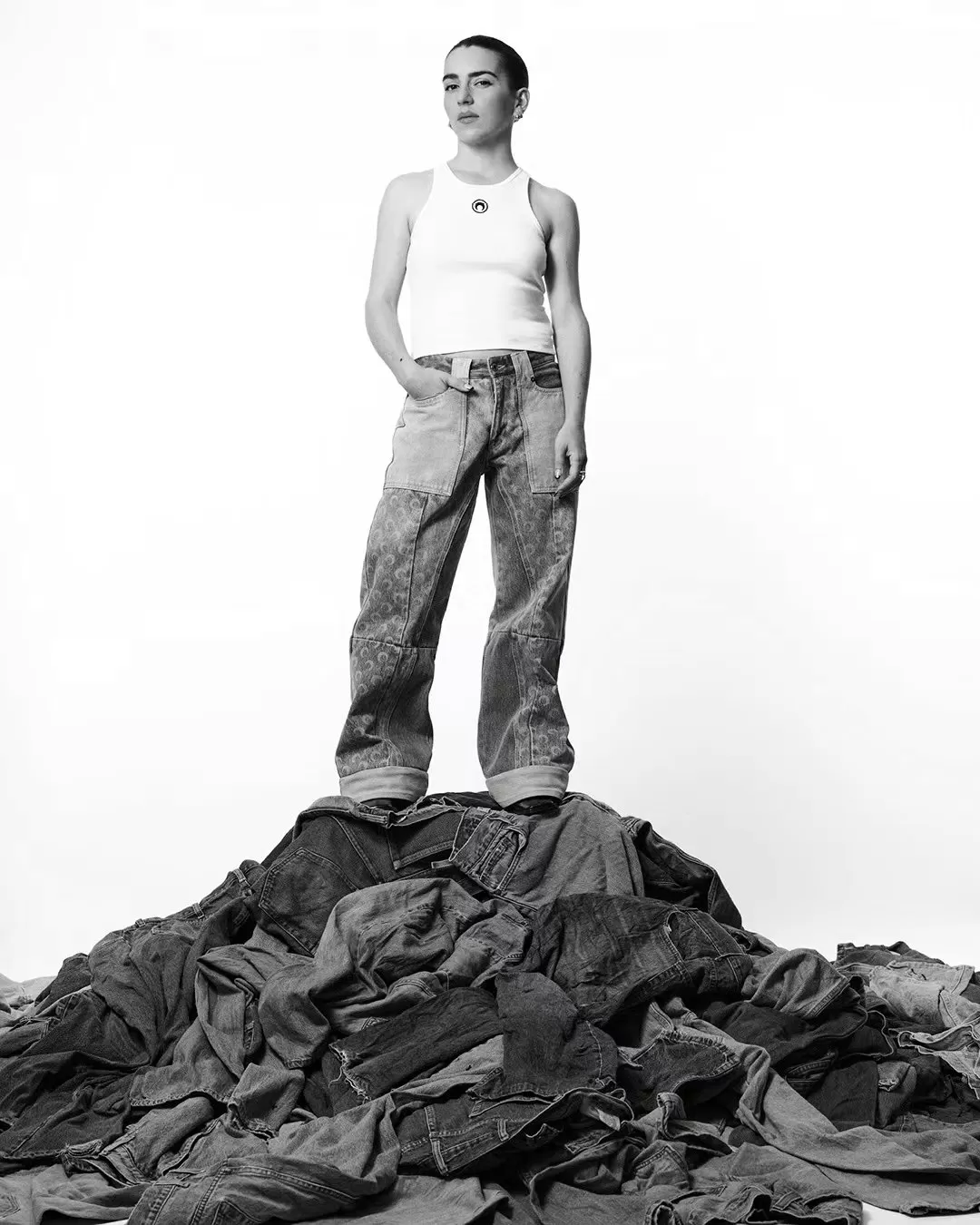Entertainment
The Art of Reuse: How Upcycling is Changing Fashion for Good
Manon 29/11/2024
Entertainment
Manon 29/11/2024

The fashion industry is seeing a significant shift as sustainability becomes a priority for consumers and creators alike. Among the growing trends, upcycled fashion stands out as both a creative and environmentally friendly movement. Upcycling involves transforming old clothing and textile waste into new, stylish pieces, offering an innovative way to tackle the environmental challenges posed by fast fashion. This trend, fueled by social media and a rising awareness of sustainability, is more than just a fleeting craze. It reflects a deeper cultural shift toward mindful consumption and environmental responsibility. By exploring the work of creators and brands championing this movement, we can see how upcycled fashion is influencing not only individual wardrobes but also entire industries.
Understanding Upcycled Fashion’s Popularity
The growing appeal of upcycled fashion stems from its uniqueness and practicality. Unlike mass-produced items, upcycled pieces often carry a personal or creative touch, making them highly desirable for consumers seeking individuality. Upcycling uses existing materials—such as thrifted garments, fabric remnants, or even damaged clothing—to create something fresh and wearable. This process extends the life of textiles, turning would-be waste into one-of-a-kind fashion statements.
Social media has played a crucial role in popularizing this movement. Platforms like TikTok and Instagram are filled with creators demonstrating how easy and rewarding it can be to revamp old clothes. Hashtags like #UpcycledFashion and #SustainableStyle are trending, with millions of views showcasing DIY projects, from hand-sewn alterations to innovative ways of using scraps. This digital exposure not only inspires creativity but also raises awareness about sustainability in fashion.
The Environmental Benefits of Upcycled Fashion
The environmental toll of fast fashion is immense, with millions of tons of textile waste generated every year. Upcycled fashion addresses this issue by reducing waste and minimizing the need for new resource-intensive production. For example, creating new fabrics often requires significant water usage and energy, not to mention the carbon emissions involved in global supply chains. By reusing what already exists, upcycling reduces these environmental pressures.
Consider the impact of a single cotton T-shirt, which can require thousands of liters of water to produce. Upcycling eliminates the need for such resource-heavy processes while offering an alternative that is both sustainable and stylish. Beyond reducing landfill contributions, upcycled fashion also helps cut down on pollution caused by dyeing and finishing textiles, further enhancing its environmental appeal.
Key Figures and Brands Leading the Upcycling Movement
A variety of influencers and brands are at the forefront of the upcycled fashion movement, proving that sustainability and style can coexist harmoniously.
Influencers: Creators like Sarah Tyau on Instagram have popularized upcycling with relatable, step-by-step tutorials that teach followers how to transform outdated clothes into trendy outfits. Her content empowers viewers to take charge of their wardrobe’s sustainability while embracing creativity.
Brands: Many companies have also embraced upcycling, integrating it into their design philosophy. For example, Eileen Fisher collects used garments to craft new designs, reducing waste within the production cycle. Similarly, brands like Patagonia and Marine Serre have adopted upcycled materials as a core part of their collections, blending innovation with environmental stewardship.
These influencers and businesses are not only creating products but also driving conversations around sustainable fashion, showing that upcycling is both viable and necessary for a greener future.
Upcycling’s Role in Broader Sustainability Goals
Upcycled fashion aligns perfectly with global sustainability efforts, such as the promotion of a circular economy. This approach prioritizes reducing waste and keeping materials in use for as long as possible. Upcycling embodies these principles by giving new purpose to discarded textiles, reducing the need for virgin materials.
Moreover, upcycling encourages a mindset shift among consumers, fostering a culture of thoughtful consumption. By valuing creativity and reuse over constant acquisition, individuals are challenged to rethink their relationship with clothing and reduce impulsive shopping habits. This shift is crucial in combating overproduction, one of the biggest contributors to the environmental crisis caused by fast fashion.

Upcycled fashion is more than a trend—it represents a cultural movement toward sustainability and innovation in the fashion world. By reimagining waste as an opportunity, this practice offers a compelling solution to the environmental and ethical challenges of traditional fashion production. Influencers and brands championing upcycling are not only reshaping wardrobes but also inspiring a new generation of consumers to embrace creativity and responsibility.
As sustainability becomes an increasingly urgent global priority, upcycled fashion demonstrates that change begins with small, creative choices. It challenges the fast-fashion status quo and redefines what it means to dress stylishly and ethically. By adopting upcycling, we take a step closer to a future where fashion is both beautiful and sustainable.
